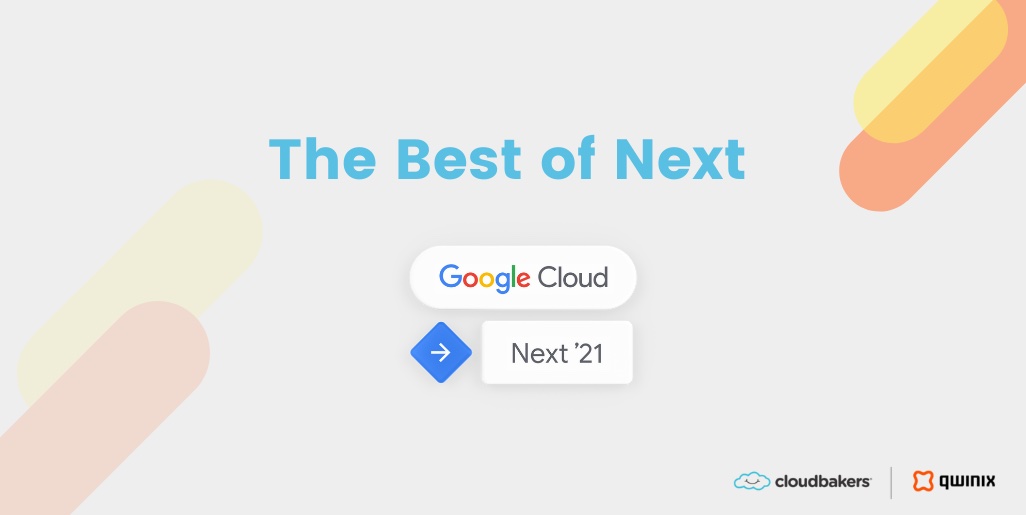When looking for a cloud service provider, the choice for many often comes down to Microsoft Azure vs. Google Cloud. Both offer some of the best products and services available among today’s cloud service providers. However, they also share many similarities and capabilities, making your decision — and understanding the small but key differences — all the more important.
In this comparison guide, we’ll look at the biggest factors that’ll influence your decision, from pricing and compute features to reach and availability.
Azure vs. Google Cloud: Pricing
You probably want to skip to the bottom line — what does each cloud service provider cost? Unfortunately, the answer isn’t clear-cut. Many factors come into play, such as your infrastructure and your team’s deployment process. Pricing plans and subscription costs also vary. When choosing a provider, you’ll want to consider:
- Where your data centers are located
- Your team’s support & storage needs
- And the number of virtual machines
In addition, you should look at the cloud service provider’s subscription and payment model, and keep in mind that compute resources will be the biggest driver of your cloud costs.
Both Azure and Google Cloud offer pay-as-you-go models. Azure offers hourly flat-rate pricing for instances, while Google Compute Engine offers sustained use discounts for hourly instances. Each cloud service provider also offers yearly and long-term commitment discounts.
You can compare and estimate costs using Azure and Google Cloud’s pricing calculators.
Azure vs. Google Cloud: Features
Next, we’ll compare Azure and Google Cloud’s compute, security, and storage features.
Compute
For compute features, we’ll primarily focus on virtual machines. Azure offers Azure Virtual Machines, and Google Cloud offers Compute Engine. Azure and Google Cloud approach virtual machines (VMs) similarly, but with a few differences.
Access
Compute Engine allows you to manage VM instances without restrictions and create SSH keys as needed, even if a VM instance is already running. With Azure, if you need SSH-based access, you must supply your own key.
Both Azure and Compute Engine support access to your VMs through standard channels, including Remote Desktop Protocol (RDP) and Windows Remote Management Service. Compute Engine also allows you to access instances via a web browser.
Instant Types
Both cloud service providers offer predefined instances and hundreds of VM types depending on your business needs. Compute Engine also allows you to create a custom VM type if a configuration doesn’t match up with a defined instance so that you don’t pay for more capacity.
Scale
Both cloud service providers allow for manual and automatic scaling. They also provide auto-healing and built-in load balancing.
Security
When comparing cloud service providers, security will be a big focus for most companies. Both Azure and Google Cloud offer top-of-the-line security programs and products.
Compliance
Both Azure and Google Cloud’s security programs have strict security policies and practices in place to ensure that they comply with some of the most stringent compliance regulations, including CSA STAR, GDPR, HIPPA, PCI-DSS, and a variety of ISO standards.
Firewall
Firewalls are the first line of defense for any infrastructure. Both Azure and Google Cloud offer a line of firewall protection products that provide advanced firewalls configurable options through firewall rules, allowing you to manage who has access to your network.
Encryption
By default, Azure and Google Cloud use 256-bit AES encryption. They also provide you control over your encryption keys and the ability to encrypt data at rest and in transit. Google offers Cloud Key Management Version, and Azure’s service offering is Key Vault.
Storage
Cloud storage can directly impact performance. While Azure and Google Cloud’s storage services are pretty similar in functionality, each offers specific benefits. A huge advantage to Google Cloud Storage is that it automatically transitions your data lower-cost storage classes depending on age and frequency of use, while Azure offers a well-rounded set of features and services.
It’s also worth noting that Google Cloud Storage runs on Colossus, a single internal file system that reduces latency and provides efficient, reliable access to data.
Let’s unpack further by storage type.
| Storage Type | Azure | Google Cloud | Comparison |
| Object Storage | Azure Blob Storage | Cloud Storage |
|
| Block Storage | Managed Disks & Page Blobs | Persistent Disk |
|
| Cold Storage | Cool Blob Storage | Nearline & Coldline |
|
| File Storage | Azure Files | Google Filestore |
|
Azure vs. Google Cloud: Reach & Availability
Azure and Google Cloud have data centers worldwide. Google Cloud has 28 regions, 73 zones, and availability in over 200 countries and territories. Azure has 58 regions and 140 zones, although looking at their map it’s unclear which zones are active and available.
Each cloud service provider offers cutting-edge networking services to link virtual machines, cloud services, and on-premises servers at lightning speeds. Both also offer content delivery network (CDN) services to reduce load times, save bandwidth, and speed responsiveness of your applications, websites, and services. Azure provides Azure CDN. Google Cloud CDN (Cloud CDN) delivers built-in edge caching for Google App Engine, Google Cloud Storage services, and other services.
Google Cloud also has several sustainability initiatives. It’s completely carbon neutral today and aims to run on carbon-free energy at all Google Cloud data centers by 2030. With the launch of Carbon Footprint reporting for Google Cloud, you can also measure, track, and report on your cloud carbon footprint.
Azure vs. Google Cloud: Which Cloud Service Provider Should You Choose?
Bottom line, both Azure and Google Cloud provide the best cloud products and services available today. While Microsoft Azure has the advantage of being first-to-market, Google Cloud is not far behind and can offer more flexibility. Whichever cloud service provider you choose, you’ll gain the ability to improve your infrastructure’s scale, performance, and security while reducing costs.
Talk to one of our cloud experts to see if Google Cloud is right for your team.



